Supporting the Arts in our Schools
The 2022 White Salmon Valley Education Foundation grant cycle was an exciting one, with new requests coming forward to deeply engage students in hands-on learning back in the classroom. Grants were awarded for science lab equipment, coding and electronics kits, and sensory processing supports to help younger students adjust back to life in school.
We also had the opportunity fund a wonderful grant for a CHS “Clayground”, including a kiln, pottery wheel and professional development for the art teacher, Kelsey Lemon. Watch our video below to hear her describe the importance of teaching art in the schools and the impact of this WSVEF grant on her and her students. Read on to see how an impactful video production grant from 2017 continues to benefit hundreds of students as they create documentaries about timely local issues.
WSVEF has provided over $320K specifically for arts education in our schools.
We hope you’ll continue to support our efforts so that we can keep giving our teachers the resources they need to prepare our students for a bright (and creative!) future.
Interview with Language Arts teacher Amy Sacquety
2017 Media Arts Project GRANT – $5,355
In just the 5 years since the foundation helped fund a program to bring video production into the classroom, more than 300 students have worked on producing documentaries about timely local issues, ranging from the impacts of the Eagle Creek fire to last year’s focus on the affordable housing crisis. We caught up with 7th Grade Language Arts teacher Amy Sacquety to find out how the program has grown and continues to inspire:
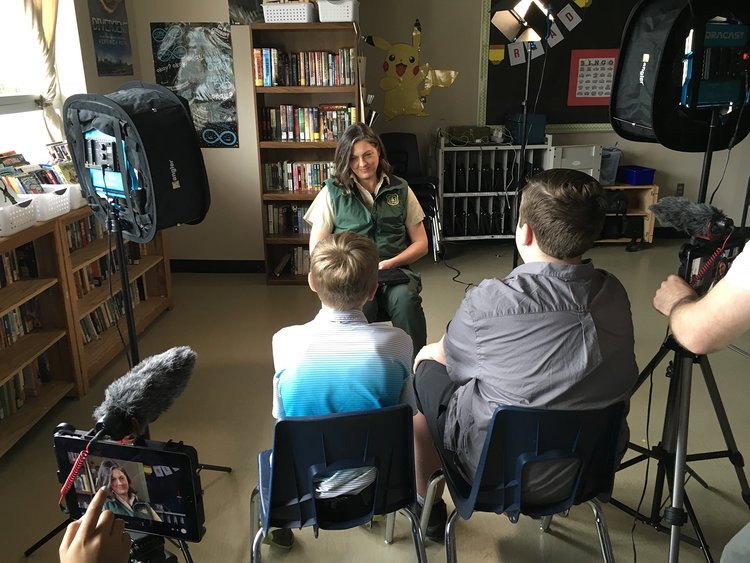
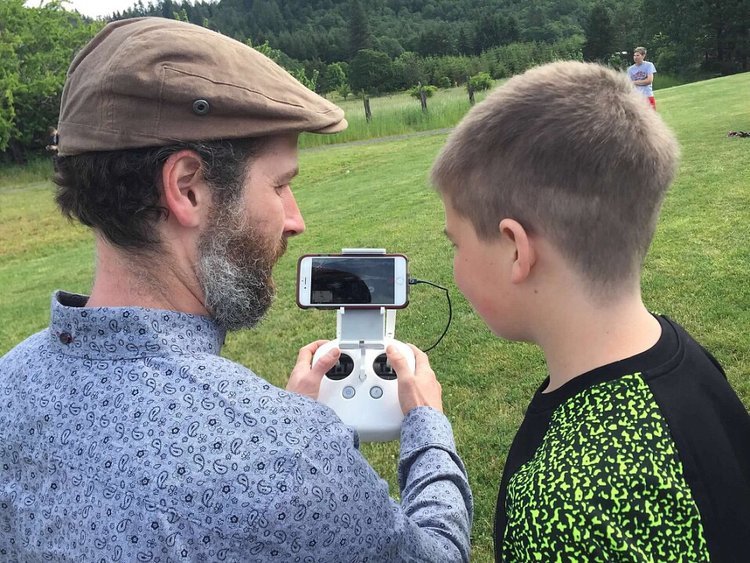
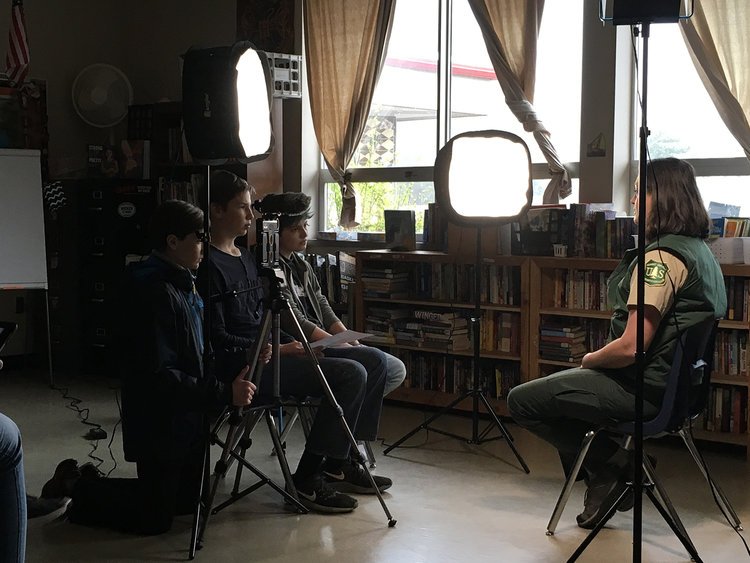
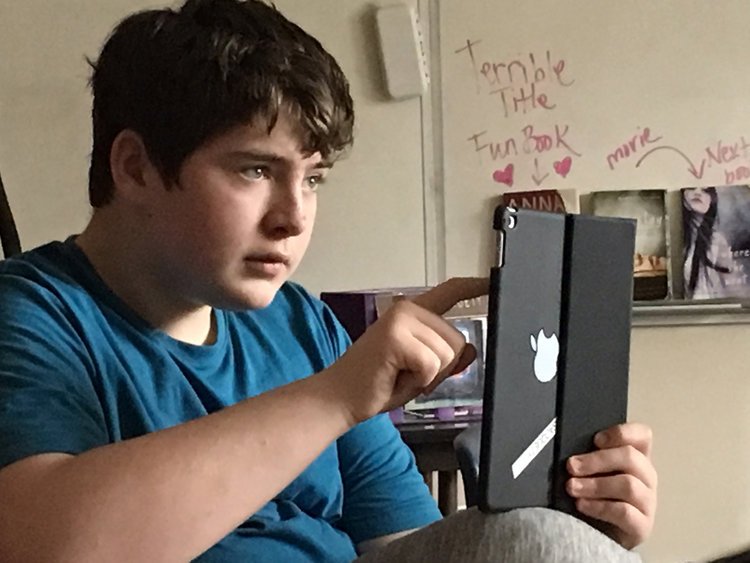
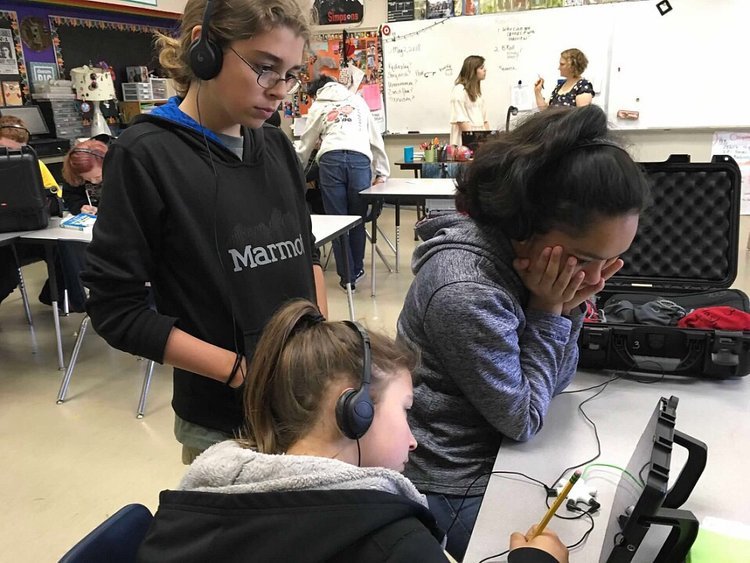
WSVEF: Since the initial program was funded, how have you refined incorporating video production into your curriculum?
AS: Around the same time [that we implemented the video program] I also received training for Project Based Learning (PBL). I’ve merged the original video lessons with the organization and philosophy elements of PBL into the structure. For example, a focus on driving questions, team building, collaborative learning, community involvement, nonfiction text reading and writing to support the driving question.
WSVEF: What have you observed in the development of students skills and subject interest as the video projects progress from start to finish?
AS: Video production is just one aspect of PBL. Students must work as a team to fulfill their responsibility to their project. They learn autonomy and teamwork.
WSVEF: Have any students that you know of continued to pursue video production after finishing the program in your classroom and moving on to higher grades?
AS: I have seen several students go on to pursue video production in high school and make documentaries of their own; some students still reach out to borrow devices.
WSVEF: How has adding this program into your classroom changed your teaching approach?
AS: These skills lend themselves to Universal Design for Learning (UDL), a framework to improve and optimize teaching and learning for all people based on scientific insights into how humans learn. Students are often given a choice board and students will choose to create a video project to demonstrate knowledge instead of a traditional paper pencil approach. It has also pushed me more into project-based learning, which is often more motivational to students.
The video production equipment and professional development skills continue to benefit students each year. This year students will be working on videos about water conservation in partnership with the City of White Salmon. View examples of last year’s documentaries about affordable housing.
WSVEF envisions schools where staff and community work together to provide engaging and innovative educational opportunities that prepare students for a bright future as productive 21st century citizens.
